Ah, the sea - it holds more than just fish and forgotten shipwrecks. For those of us with Celtic roots and imaginations easily stirred by the crash of waves, it also holds stories.
Beautiful, mysterious, heart-tugging stories passed down by candlelight and whispered in the salt air. And few are as enchanting (or as bittersweet) as the tales of the selkies.
You might remember hearing about them as a child - those magical beings who were seals in the water and humans on land, slipping between two worlds like the tide itself.
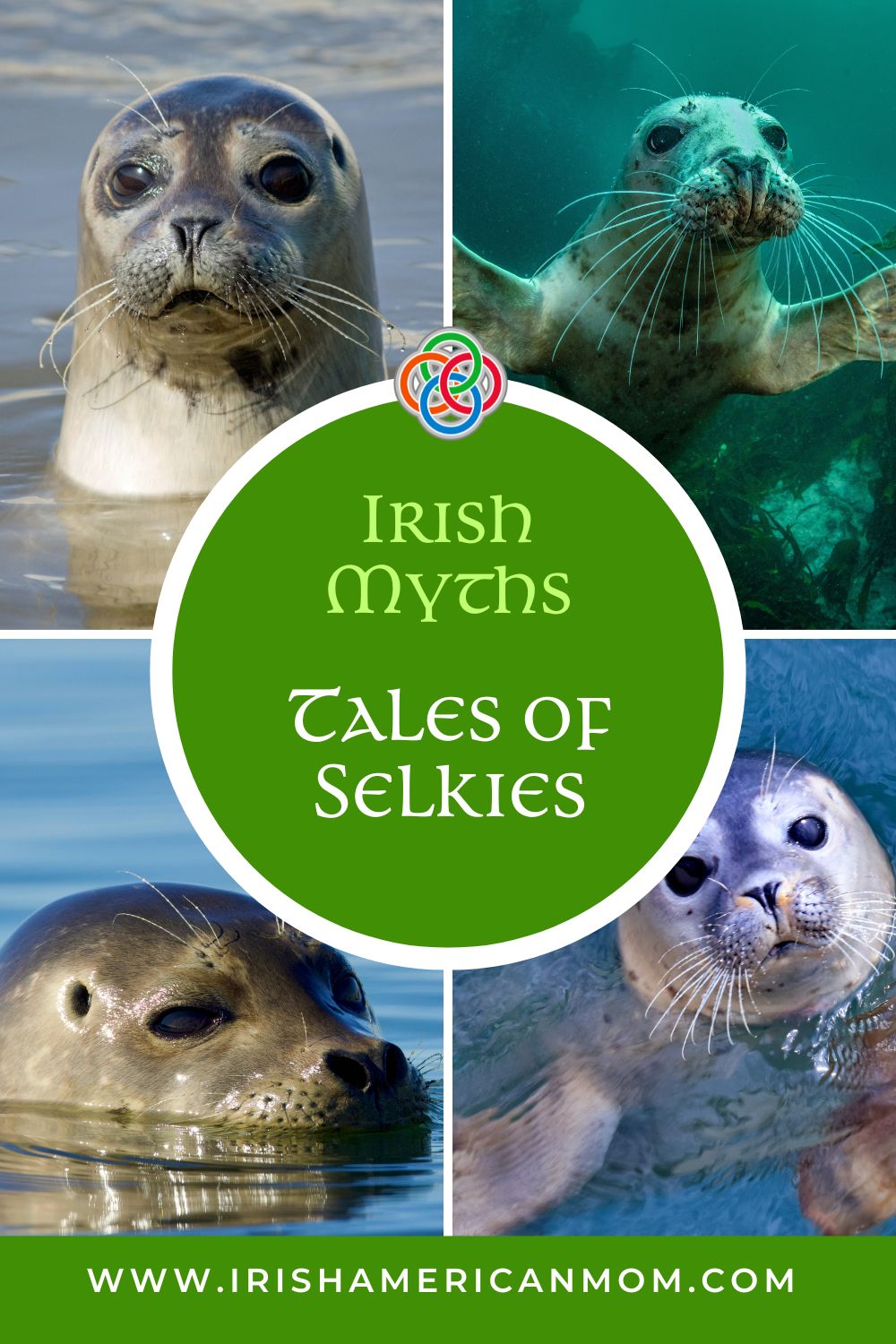
Some say they're just a myth. But anyone who's stood on an Irish shore, with the wind in their hair and the waves singing something ancient, might feel differently.
Let's dive into the legend, shall we?
Table of Contents
- What is a Selkie?
- Exploring Irish Culture Through Selkie Tales
- The Mythical World of Selkies
- Who Invented Selkies?
- How do Selkies' powers work?
- Selkie Stories
- The Secret of Roan Inish
- Ondine Starring Colin Farrell
- More Selkie Stories
What is a Selkie?
Selkies are shapeshifting mythological creatures in Scottish and Irish folklore, that can change between human form and that of a seal. They don and doff a magical seal skin to transform their shape.
These wondrous creatrues feature in Celtic and Norse mythology. Irish people have told stories of selkies for centuries.
Selkies are said to live as seals in the sea but shed their skin to become human on land. The myths and stories involving selkies are often romantic and tragic, involving themes of loss, longing, and the elusive nature of selkie-human relationships.
Exploring Irish Culture Through Selkie Tales
Do you love to curl up with a good book and a warm beverage and enjoy an imaginative journey into another world? And there is no better way to learn about your Irish heritage than connecting it to an activity you love. If you're an avid reader, learning about Irish mythology can help you feel more connected to your family's culture.
If you love The Little Mermaid, why not look into Irish and Scottish folklore to discover fantastic selkie tales. It's essential to know in advance that only some selkie stories have a pleasant plotline.
Irish mythology can be dark and has less happy endings than fairytales you may be familiar with. But they are still remarkably creative and skilled reads!
The Mythical World of Selkies
The word selkie comes from the Scottish Gaelic word for seal, selich. Selkies are shape-shifting creatures who take the form of seals in the water and become humans while on land.
They can take off and put on their seal skin while switching from seal to human form. This full-body transformation is a focus in every selkie myth. Selkies are usually portrayed as being beautiful and having dark hair.

According to folklore, if a human finds and hides the skin of a selkie, the selkie can be compelled to become a human and live with them. However, if the selkie ever finds its skin again, it will immediately be drawn back to the sea, often leaving behind any human family.
Seal people are the Scottish or Irish version of mermaids, and their stories are similar to mermaid stories in other cultures. There are rumors of seal folk living in different parts of the ocean, and many stories explore what it would be like for humans and selkies to cross paths.
Who Invented Selkies?
Like many legends, there is not one specific story that anyone can point to as the singular origin of these beings. These mythological creatures are prevalent in Scottish legends. They are thought to have been invented in the Orkney Islands and Shetland Islands around the 18th century.
The idea of human women and men who can turn into seal form has bled out from Scottish mythology and moved into Celtic legends, becoming especially popular on the coast of Ireland.
The original folklore morphed into a vast collection of lore, meaning that in modern times there are so many stories ranging from selkies having fights to falling in love and helping humans.
Many selkie stories involve a human male stealing a selkie female's skin, forcing her to become his wife. These tales often end tragically when the selkie retrieves her skin and returns to the sea, sometimes leaving her children behind. There are also tales of female humans who fall in love with male selkies.
While they were invented in literature many years ago, they can be modified and recreated in current literature, and many innovative stories have pushed their narrative forward.

How do Selkies' powers work?
While they are mythological beings with powers, they have their limitations, which can differ between stories. For example, in one selkie legend, a selkie might be able to change into a human every ninth night. Still, in another, a selkie could only change into a human each Midsummer's Eve.
Another prominent limitation is that selkies can only take on the form of a seal when they put on their seal skin. Therefore, sometimes human beings sabotage selkies. For instance, there are many stories where a mortal man hides a selkie maiden's selkie skin to make sure she has to stay on land because he wants to spend his life with her.
Selkie Stories
Selkie folklore is about as common in Irish culture as mermaid folklore in our culture, and it permeates all forms of media, like literature, art, and music.
The most common theme in selkies stories is romance. The star-crossed lovers' trope often emerges when a selkie finds a human lover. One famous song, The Great Selkie of Sule Skerry, tells the story of a young woman who falls in love with a male selkie. This song originated in Orkney and Shetland in Scotland.
The ballad opens with a young woman who is nursing a child learning that a mysterious stranger is the father of the child. This man is a "Silkie" (selkie), a seal in the sea but a man on land. He comes from Sule Skerry, a remote island.
The Silkie tells the woman that he did not mean to do her any harm and that he is bound to return to the sea. He leaves her money to support their son, indicating his inability to stay and help raise the child.
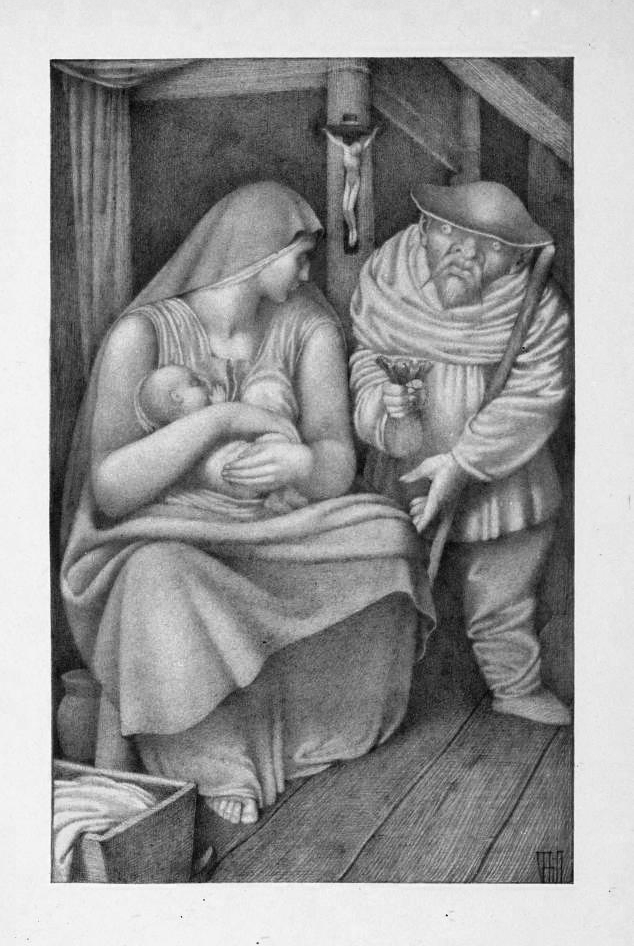
Before he departs, he makes a dire prophecy-that he will return one day to take his son to his home in Sule Skerry. However, he forewarns that, although their son will live and reign in the land of the silkies, both he and the child will eventually be killed by the woman's future husband.
True to his prophecy, the Silkie returns years later to claim his son, taking him away to the sea. Sadly, as predicted, both are later found dead, their bodies washed ashore, signaling the tragic end of both the human and mythical aspects of their lives.
Selkie stories frequently explore themes of captivity versus freedom, the deep connection to nature, and the inherent wildness in every creature that cannot be tamed. They also often reflect the loneliness and isolation that coastal people might feel, living at the edges of the land.
The Secret of Roan Inish
There is a famous movie called The Secret of Roan Inish. It tells the story of a woman who lives in a coastal town and hears tales of selkies. As the film progresses, she discovers a strange truth when her brother goes missing.
The story centers around Fiona, a young girl who is sent to live with her grandparents in a small fishing village near the island of Roan Inish, where her family has its roots. Her mother has passed away, and her father has sent her away while he looks for work.
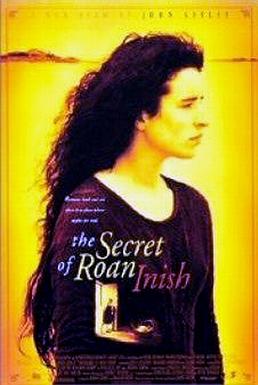
As Fiona learns more about her family's history, she becomes fascinated by the stories of her ancestors and the mysterious disappearance of her baby brother, Jamie, who was lost at sea in his cradle.
Fiona hears tales from her grandparents about the family's connection to the selkies-mythical creatures that are seals in the water but shed their skins to become humans on land.
She becomes convinced that the selkies have a connection to her family's fortune and particularly to the mystery surrounding Jamie's disappearance.
Driven by her belief and longing to reconnect with her lost brother and restore her family to their ancestral home on Roan Inish, Fiona explores the island. She discovers that the island is not only filled with the enchanting secrets of the past but also holds the key to her family's future. Fiona finds that her brother Jamie has been raised by a selkie, confirming her suspicions that their family is deeply intertwined with these mythical creatures.
Ondine Starring Colin Farrell
"Ondine" is a 2009 romantic drama film directed by Neil Jordan and starring Colin Farrell, Alicja Bachleda, and Dervla Kirwan. The film blends elements of Irish folklore with a modern-day fairy tale, weaving a narrative that is both enchanting and deeply human.
The story revolves around Syracuse, a fisherman in a small Irish coastal town who struggles with his past and tries to care for his ailing daughter, Annie. One day, while fishing, Syracuse pulls up his net to find a beautiful and mysterious woman whom he names Ondine. With no memory of her past, Ondine is mysterious and ethereal, leading the local community and Syracuse's daughter, Annie, to suspect that she might be a selkie-a seal that can shed its skin to become human.
As Ondine spends more time in the village, she brings an unexplainable luck to Syracuse's fishing catches, which further fuels the folklore surrounding her origins. Syracuse falls in love with Ondine, and the presence of this mysterious woman begins to transform his life and heal the wounds of his past.
Annie, who suffers from kidney failure, is particularly drawn to Ondine, and she dives deep into folklore, believing that Ondine has special powers and may be able to help her. The relationship between Syracuse, Annie, and Ondine becomes the emotional core of the story, exploring themes of redemption, hope, and the magical possibilities that life presents.
The film builds towards a climax where the real story of Ondine's past starts to unravel. It is revealed that she is not a mythical creature but a woman with a complicated past involving a criminal ex-boyfriend who comes looking for her, shattering the magical realism that has built around her character. The confrontation leads to a dramatic and dangerous encounter that tests the bonds between the characters.
Ultimately, "Ondine" ends on a note of hope. Despite the harsh realities that surface, the film suggests that the human spirit's capacity for love and transformation can be as magical and redemptive as any fairy tale. Ondine's presence in the village, regardless of her true nature, brings about significant positive changes in the lives of Syracuse and Annie.
More Selkie Stories
If you'd like to introduce the concept of selkies to your kids in a family-friendly way, there is a book of cute poetry called The Book of Selkie that comes with a paper doll. If you have a little girl who dreams of being a mermaid, she will love this book!
Other Selkie books include Sophie Moss's Seal Island Trilogy
There are hundreds of ways to learn about and enjoy selkies.
And so, the selkies slip back into the sea, their stories trailing behind like foam on the tide, never fully caught, always half-remembered.
Whether you believe in these seal-folk or simply love the poetry of old tales, there's something timeless in their longing, their love, and their quiet return to the waves.
Perhaps that's why we still tell their stories today, because deep down, we all understand what it is to yearn for another world, to carry two hearts in one chest, and to leave something behind for the sake of belonging.
Until next time, keep an eye on the shore because you never know what the sea might bring you.

Slán agus beannacht,
(Goodbye and blessings)
Mairéad -Irish American Mom
Pronunciation - slawn ah-gus ban-ock-th
Mairéad - rhymes with parade
Irish Expressions
- Beyond the Pale - An Irish Expression with a Storied Past
- What is Murphy's Law?
- Irish Sayings And Blessings For Troubled Times
- Inspirational Irish Words And Sayings
Land and Culture
- What is a Celtic Druid?
- Interesting Facts About Ireland You May Not Know
- Irish National Parks You Don't Want To Miss
- 7 Amazing Castles in Ireland




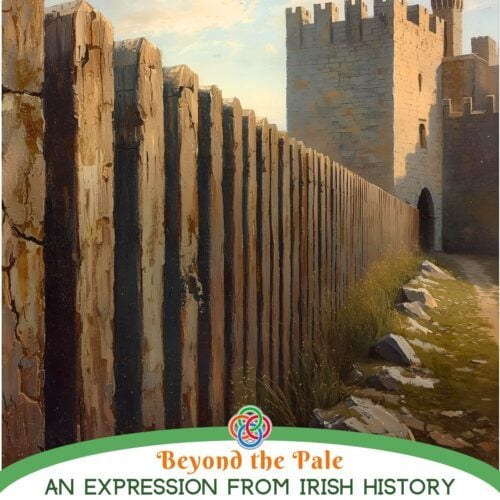


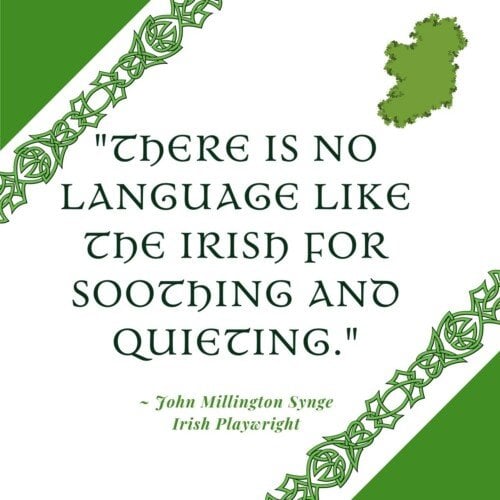








Leave a Reply